Icons of cycling: Leicester Velodrome
We look back at a track that played a big part in British cycling history
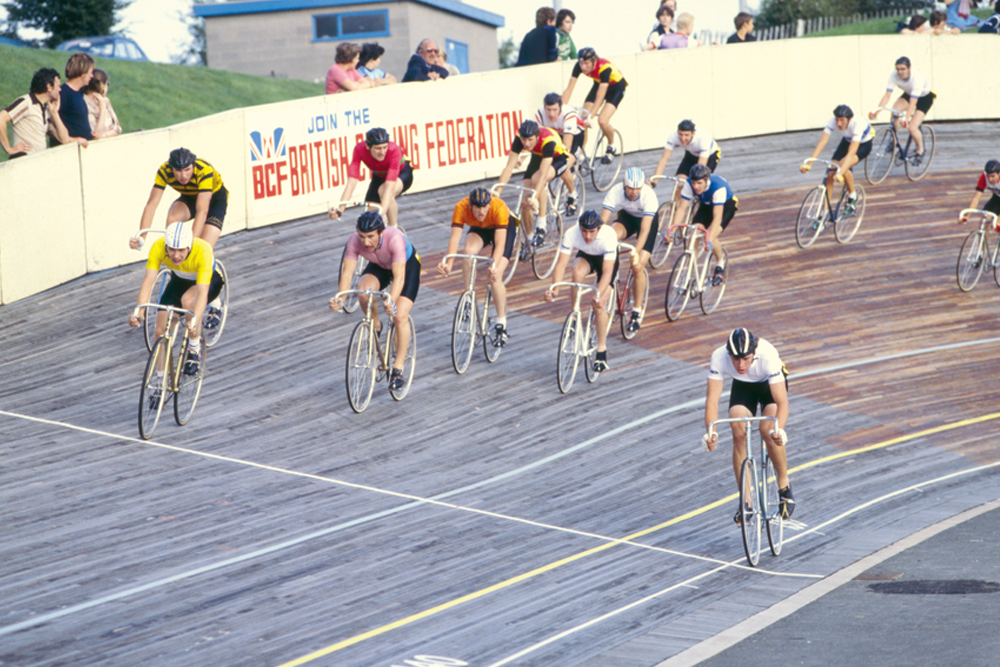
Photo: Bernard Thompson for Cycling Weekly
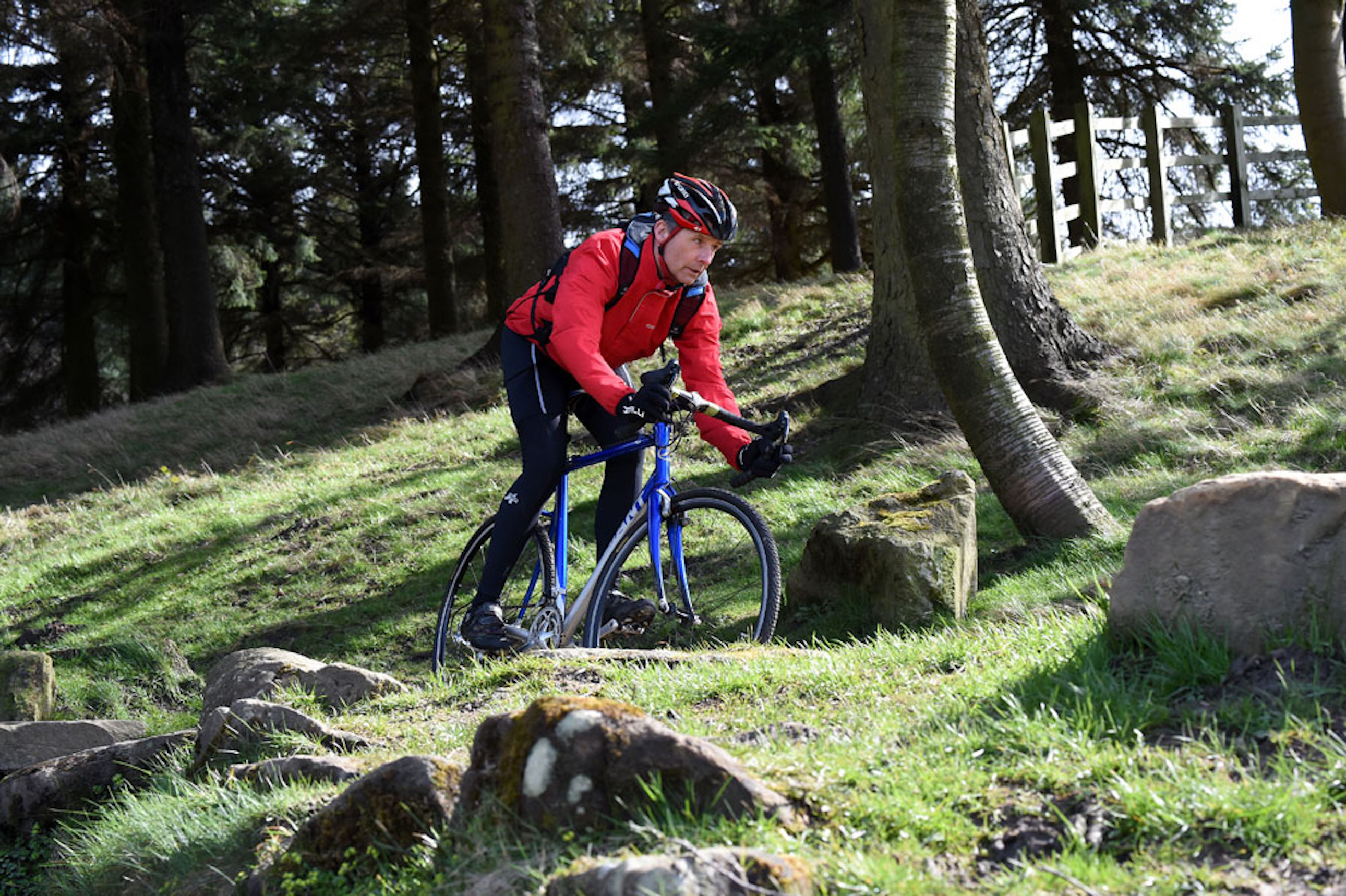
Leicester track was awkward, anachronistic and open to the vagaries of the weather. But it was loved by riders — many of whom started their track cycling careers racing here and went on to Olympic glory.
Built in 1968 to host the track events of the 1970 World Championships, the 3,100-seater venue was afterwards run as part of the Saffron Lane Sports Centre.
>>> Sir Bradley Wiggins named in GB squad for European Track Championships
Sadly the track has now gone. Left idle after closing in 1999, it was finally demolished in 2008.
Its bumpy 333.33-metre concrete surface was originally painted white, and when the floodlights were switched on the track would shine brightly.
>>> Mark Cavendish ‘excited’ at prospect of riding with Wiggins again on the track (video)
The investment was worth it as the British team enjoyed a successful World Championships, despite the fact the team had almost no funding. Hugh Porter won the professional pursuit title over 5,000 metres, Ian Hallam won a silver medal in the men’s amateur pursuit, and the incredible Beryl Burton won a bronze in the women’s pursuit.
Get The Leadout Newsletter
The latest race content, interviews, features, reviews and expert buying guides, direct to your inbox!
>>> From Burton to Armitstead: Britain’s road race world champions
Does a skinsuit really make that much difference?
Amateurs’ annual highlight
The Worlds returned in 1982, by which time the track had a new, smoother, wooden surface. It was still a bit odd to ride, with steep bankings for its size and an abrupt transition from banking to straight. But by then almost every keen club racer in the country knew it, because of National Championship week.
Before 1973, national track titles were held at separate track events dotted around the country. Any open track event was free to tender for an event, a process which saw them spread out across the country, throughout the season. Then Benny Foster came along.
>>> New Herne Hill velodrome facilities get the go ahead
Foster was the man behind the 1970 Worlds and was a driving force behind British track cycling in those days. He believed that bringing all the titles together at one meeting would help give young potential internationals a feel for the bigger competitions. He got the sponsors, added a bit of razzmatazz, and riders and spectators flocked to the first National Championship week.
>>> Track cycling likely to be missing from 2022 Commonwealth Games as Durban wins bid
Back then, ambitious club racers weren’t shy of taking on established riders, maybe because they were just like them — racers with jobs but who had a bit more talent or application. So many riders entered the distance events at Leicester they had to run heats to thin them out.
Competitor numbers dwindled when British track cycling switched its HQ to Manchester and took National Championship week with it. Now riders from the British squad with stacks of world and Olympic track titles dominate the Nationals, and today’s club racers are a bit more reluctant to take them on.
Main image: Leicester Velodrome by Bernard Thompson for Cycling Weekly

Thank you for reading 20 articles this month* Join now for unlimited access
Enjoy your first month for just £1 / $1 / €1
*Read 5 free articles per month without a subscription

Join now for unlimited access
Try first month for just £1 / $1 / €1

Chris has written thousands of articles for magazines, newspapers and websites throughout the world. He’s written 25 books about all aspects of cycling in multiple editions and translations into at least 25
different languages. He’s currently building his own publishing business with Cycling Legends Books, Cycling Legends Events, cyclinglegends.co.uk, and the Cycling Legends Podcast
-
 Keegan Swenson and Haley Batten win Sea Otter Classic Gravel
Keegan Swenson and Haley Batten win Sea Otter Classic GravelSwenson and Villafane slip into familiar Life Time Grand Prix series leads
By Ryan Simonovich Published
-
 I have been capturing my cycling adventures for over 20 years, and two of the best action cameras for cyclists have just hit their lowest prices on Amazon
I have been capturing my cycling adventures for over 20 years, and two of the best action cameras for cyclists have just hit their lowest prices on AmazonDeals Amazon has slashed the price on Insta360 cameras, including the highly rated X3, which has a huge 30% off
By Paul Brett Published
-
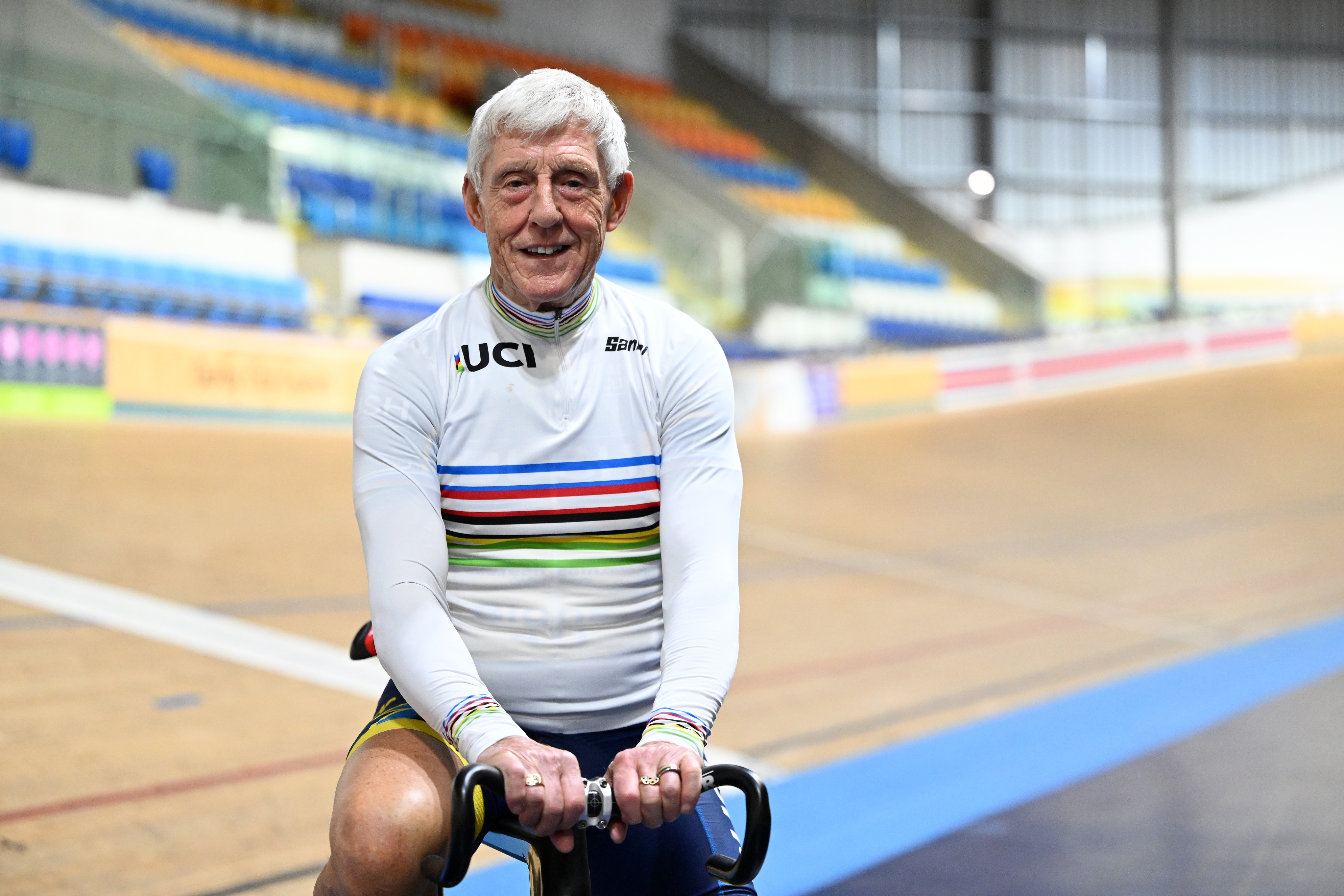 'They thought I was dying' - Meet the 80-year-old Brit who won four world titles weeks after leaving hospital
'They thought I was dying' - Meet the 80-year-old Brit who won four world titles weeks after leaving hospitalA serious health scare couldn't keep Olympic track cyclist Geoff Cooke away from the boards
By Tom Davidson Published
-
 'I want to inspire young girls' - Olympic champion Emma Finucane on being a role model for the next generation
'I want to inspire young girls' - Olympic champion Emma Finucane on being a role model for the next generation22-year-old hopes to encourage new track cyclists in the run-up to the LA Olympics in 2028
By Tom Davidson Published
-
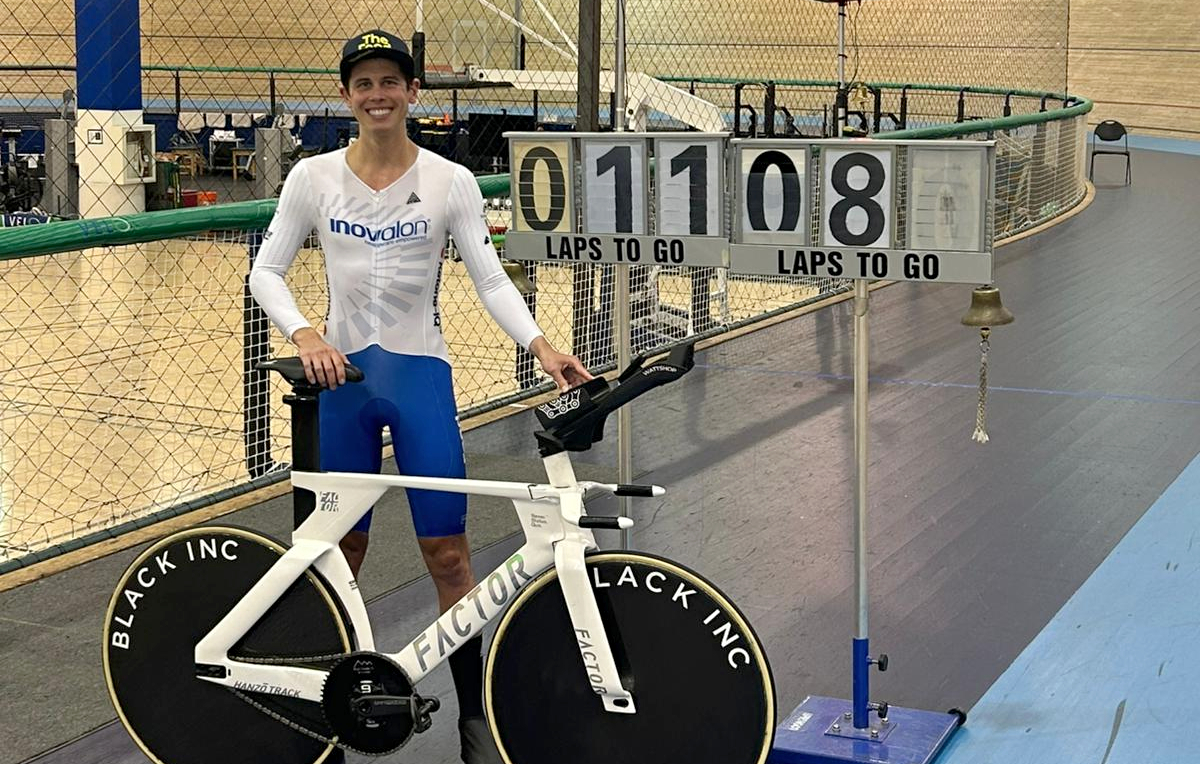 I was told I'd never ride a bike again, now I hold 12 cycling world records
I was told I'd never ride a bike again, now I hold 12 cycling world recordsFormer US Olympic hopeful Ryan Collins is a master of six-hour challenges
By Tom Davidson Published
-
 'Just words on a piece of paper' - Matthew Richardson responds to Australia ban and sanctions
'Just words on a piece of paper' - Matthew Richardson responds to Australia ban and sanctionsTrack sprinter who switched nationality to GB hopes fallout can be 'put to bed'
By Tom Davidson Published
-
 Olympian Matthew Richardson banned for life by Australia
Olympian Matthew Richardson banned for life by AustraliaTrack sprinter swapped nationality following Paris Olympics, and now competes for Great Britain
By Tom Davidson Published
-
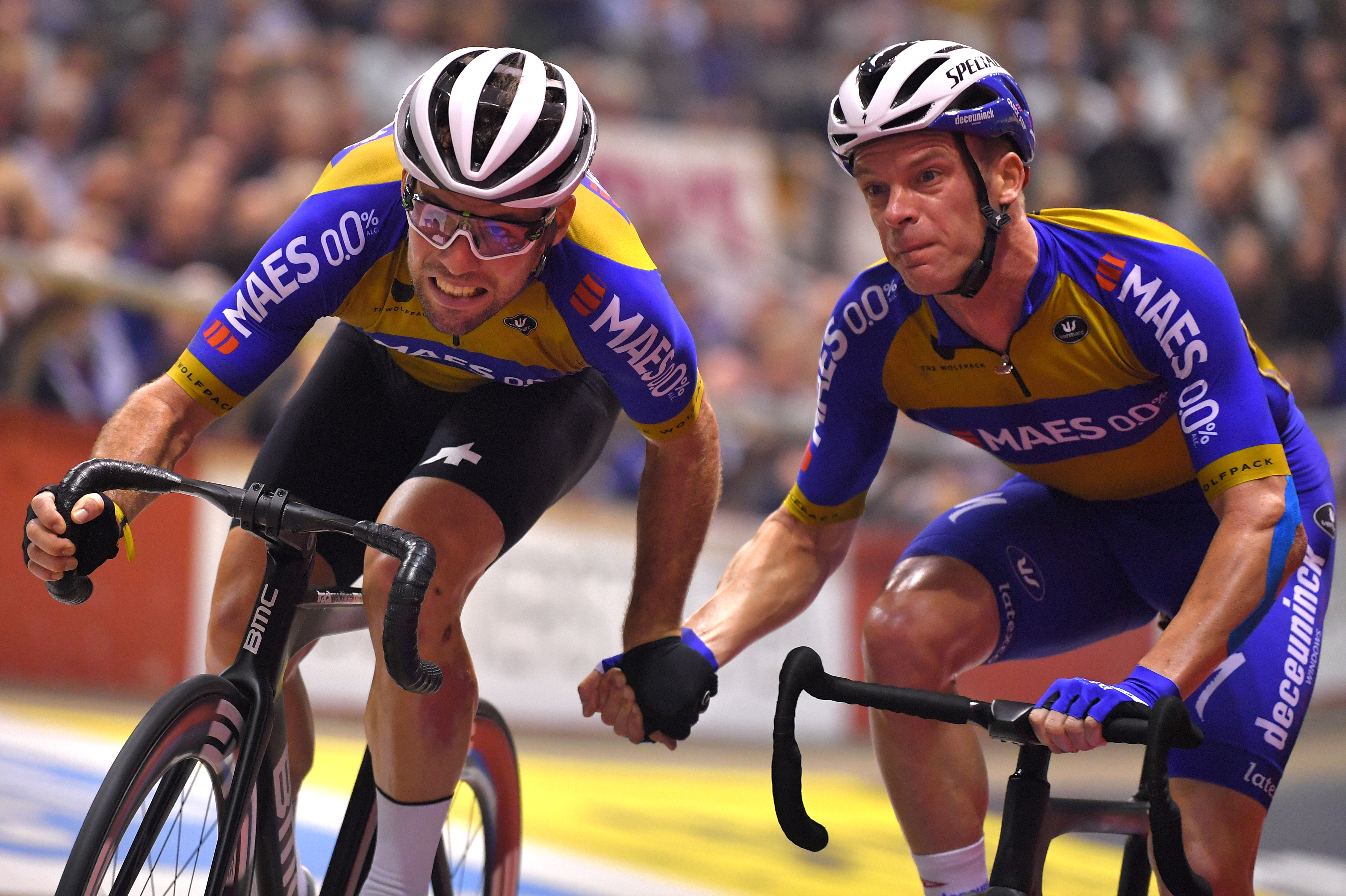 Six-day events no longer have to last six days, UCI rules
Six-day events no longer have to last six days, UCI rulesRegulation update gives track racing organisers more freedom over duration
By Tom Davidson Published
-
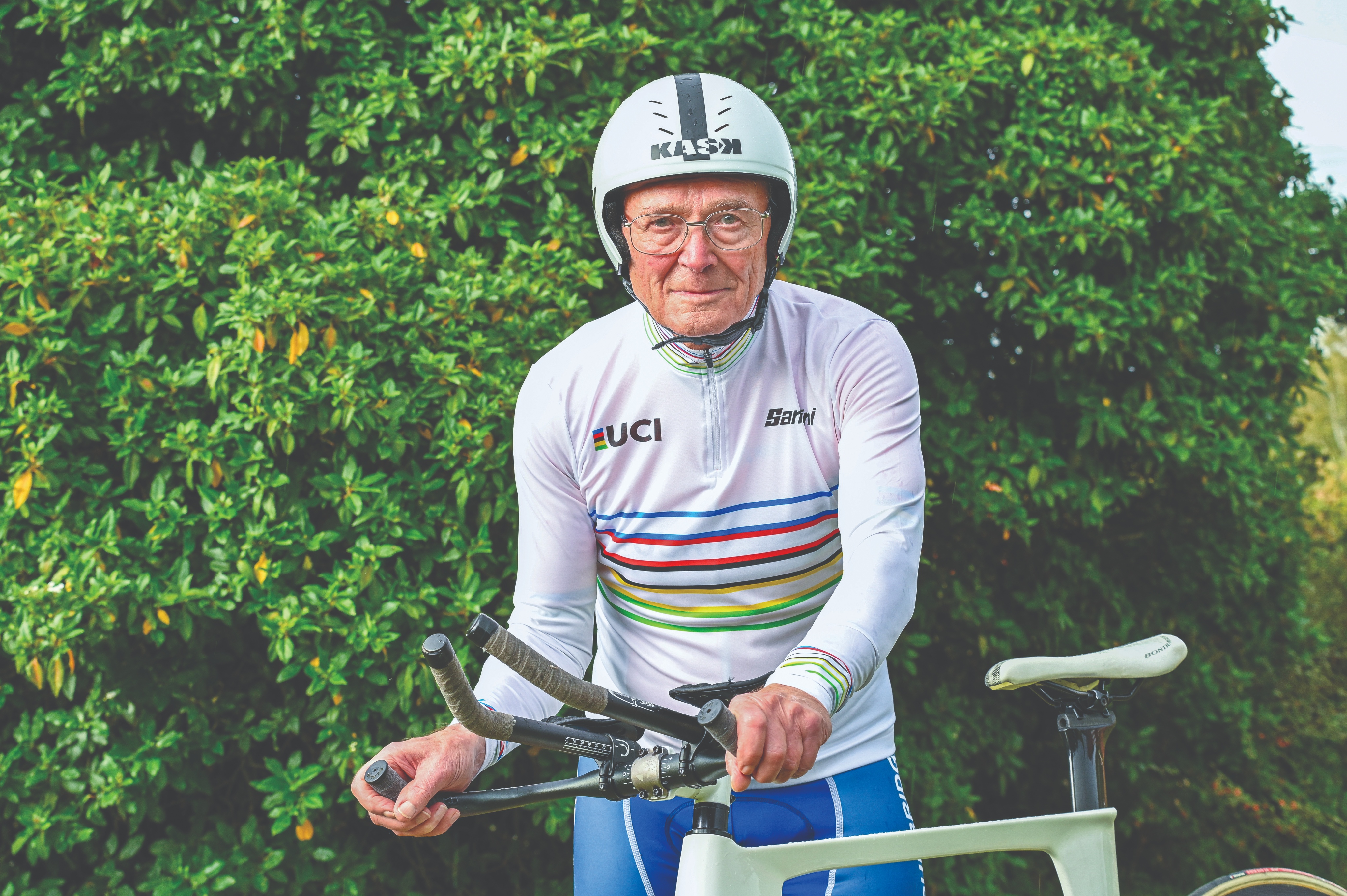 90-year-old cyclist sets sights on four world records
90-year-old cyclist sets sights on four world recordsThree-time Masters world champion Walter Fowler is far from ready to slow down yet
By Tom Davidson Published
-
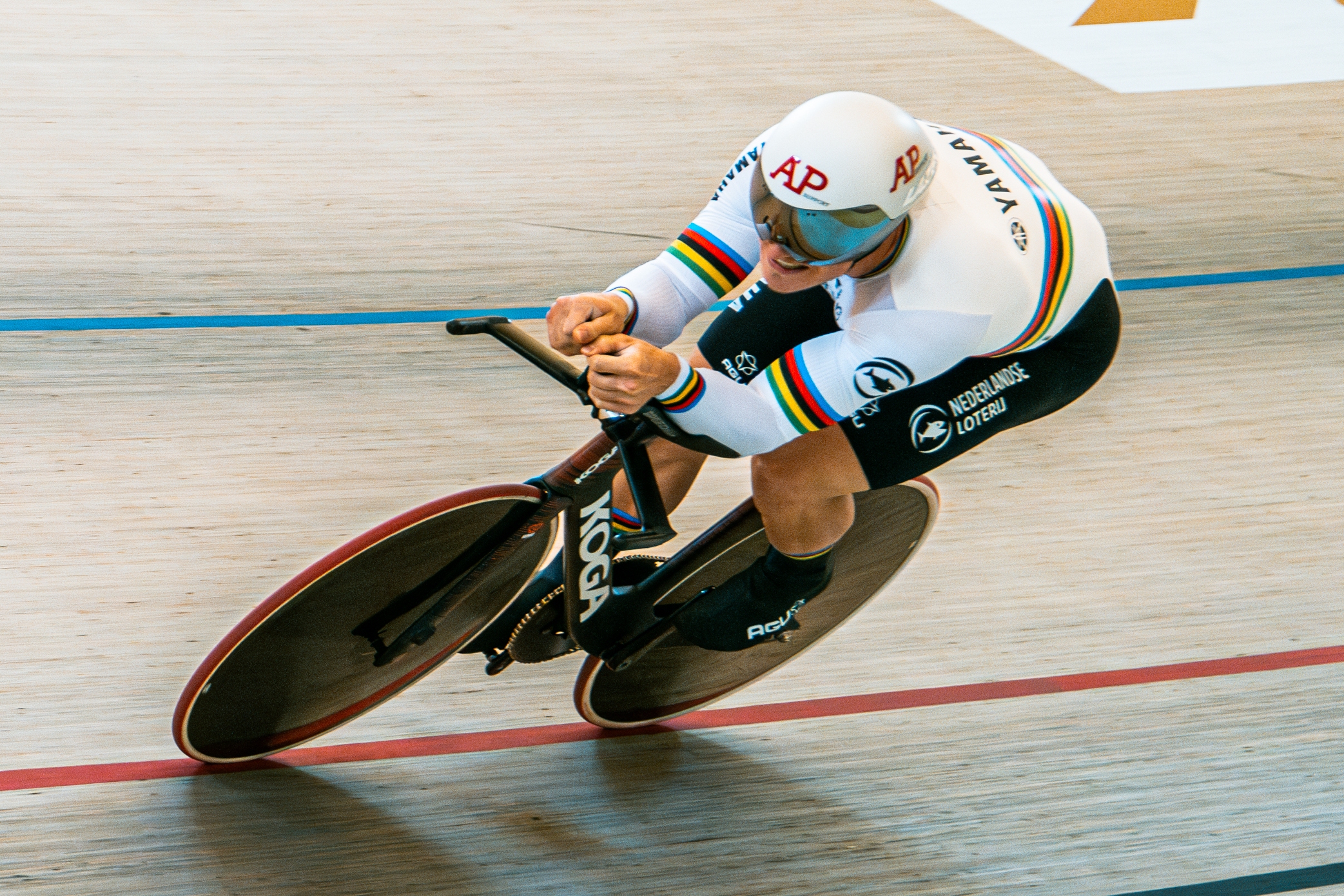 'I will hopefully not be forgotten': How Jeffrey Hoogland broke track sprinting's oldest record
'I will hopefully not be forgotten': How Jeffrey Hoogland broke track sprinting's oldest recordLast October, Jeffrey Hoogland roared to a new kilometre time trial world record. Tom Davidson spoke to the Dutchman and his team to find out what it took
By Tom Davidson Published